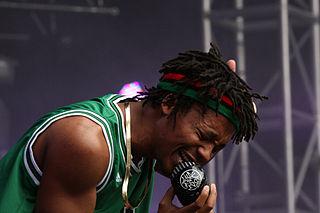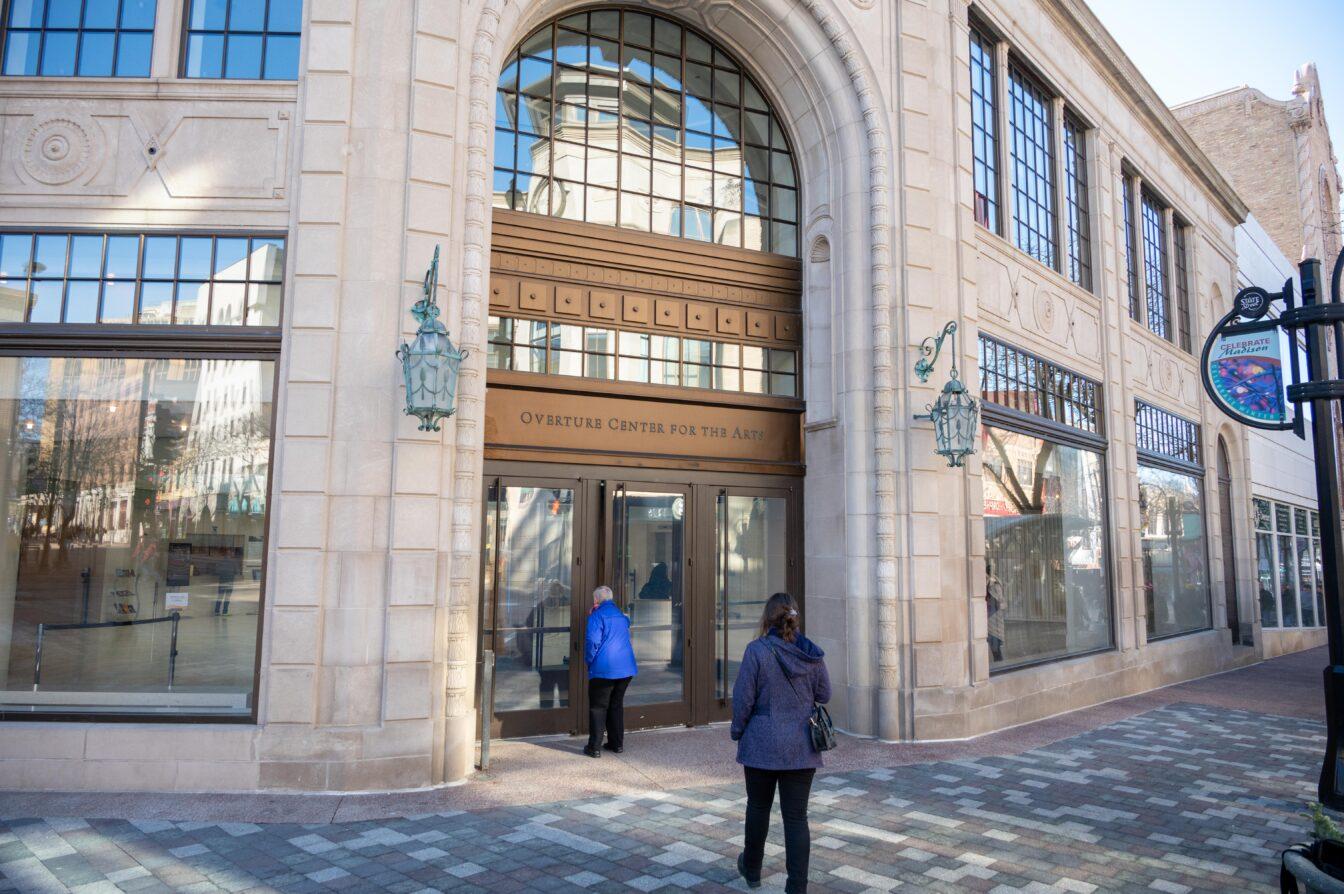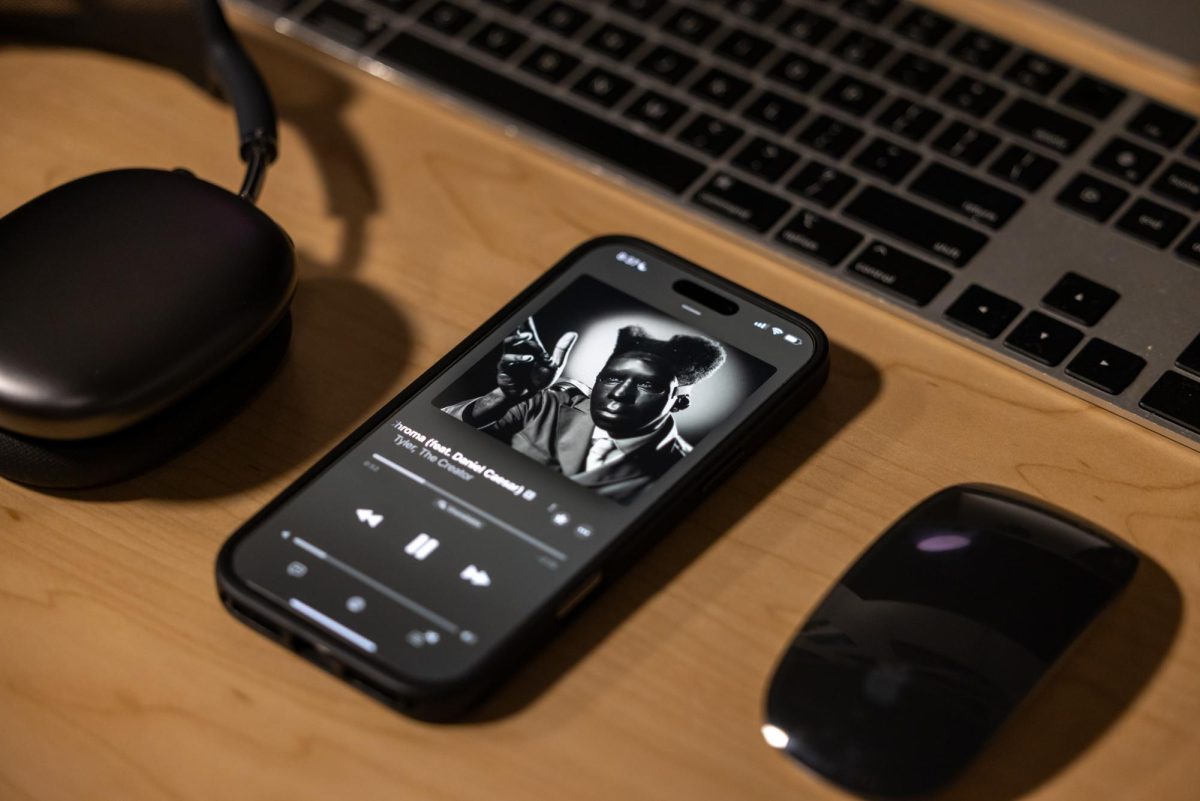Lupe Fiasco has been in a clouded musical state for years now. Besides his Twitter rants and constant chatter of retiring, there wasn’t much coming from the past hip-hop icon.
thought you retired from music
— Thesko Ngubane, Emperor (@Themko) January 22, 2017
I did…for like a week. #DrogasLight 2-10-17 https://t.co/MT2VgPFg8L
— CHECKIN’ Out Now! #APTMC (@LupeFiasco) January 22, 2017
He mentioned retirement after receiving hate on his “N.E.R.D” freestyle. But retirement obviously wasn’t in his future, since Fiasco ended up releasing his latest, DROGAS Light, and has claimed two more albums are in the works.
Many listeners probably never gave his music a listen after his platinum album Lasers came out, which was a shining moment for the artist — it catapulted him onto the charts. People figured he was more of a “one-and-done” artist after hearing that album. This was even more apparent when he released another album the following year that wasn’t received nearly as well, titled Food & Liquor II: The Great American Rap Album. Something really good came out of his success off Lasers though — the album enabled him to the connect with the growing community of melodic rappers.
The Chicago native has taken an interesting turn in the past few years. He has moved away from the happy-go-lucky style of Lasers and has now become a bit more matured. Instead of the diluted lyrics seen in Food & Liquor II, there now is truth.
With a three-year period before the release of his next album, his new storytelling style and flow showed growth. Yet, his 2015 album Tetsuo & Youth still wasn’t received any better, even with the change. Though they have not been received well, Tetsuo & Youth and DROGAS Light appear to have capitalized on his departure from Atlantic Records in 2014 — leaving the label has allowed for more creative freedom.
DROGAS Light is littered with big names such as Rick Ross, Ty Dolla $ign, Big K.R.I.T. and more. There also seems to be two personas of Fiasco reflected on the album. One Fiasco is more of a conceptual and political guy, while the other is one of a light-hearted party animal. The numerous features on the album serve to bring out these two sides.
“Dopamine,” the opening track of the album, summarizes the song in its literal definition. It refers to a neurotransmitter that controls our body’s reward and pleasure centers. It has to deal with love, lust, motivation and other cravings. While he isn’t so literal in the song, it is the basic underlying premise. Fiasco has had a good time tied up in fame and fortune, but is now becoming a bit more “real.” He is light-hearted about it in the song, but seriously reflects on the neighborhoods he grew up in.
On the following track, titled “NGL,” there is talk of his hometown and the violence: “Wake up and hear shots / mean another ni**a got his tear drops.” These tracks, along with the next two, “Promise” and “Made in the USA,” are presented in a low-key trap style.
Without the relatable, fun aspects that used to be present in the energetic rapper’s music, it becomes hard to finish listening to the album. It was easy to listen and become addicted to his older, catchy flow. But, for one who hasn’t heard his music before, his new work might be an uninteresting introduction and album in general.
Just as one might be thinking about switching off the music, though, there is an essential track to hear titled, “City of the Year.”
In the song, Fiasco reflects on Chicago as being the most influential this year, not only in the cultural spectrum but also with music. After seeing Chance the Rapper win a few Grammys, this could be a fact. Chicago rap is as alive as it ever has been but has now been put on a pedestal, which helps greatly with Fiasco’s recognition.
Though the middle of the album was not so great, later in the album there is a switch in flow, leading to a track that contains a jazzy nature, titled “Kill.” Though it was reflecting on strip clubs, there was a nice gospel switch up at the end of the track.
The next two songs, “Law” and “Pick Up The Phone,” definitely could have been left off the album. It would have been nice to keep the transition going from a nice jazzy flow into “It’s Not Design.”
On the final three songs of the album, he seemed to bring back some style from Lasers. There was finally a catchy flow present and it tied in the storytelling. With the outro, “More Than My Heart,” Fiasco reflects on his family ties and support, which is always a good way to finish up an album.
The hip-hop artist already has new plans in the works — two more albums, DROGAS and Skull. Until then, it’s hard to see whether his career will be a successful or pitiful “supposed” retirement.














